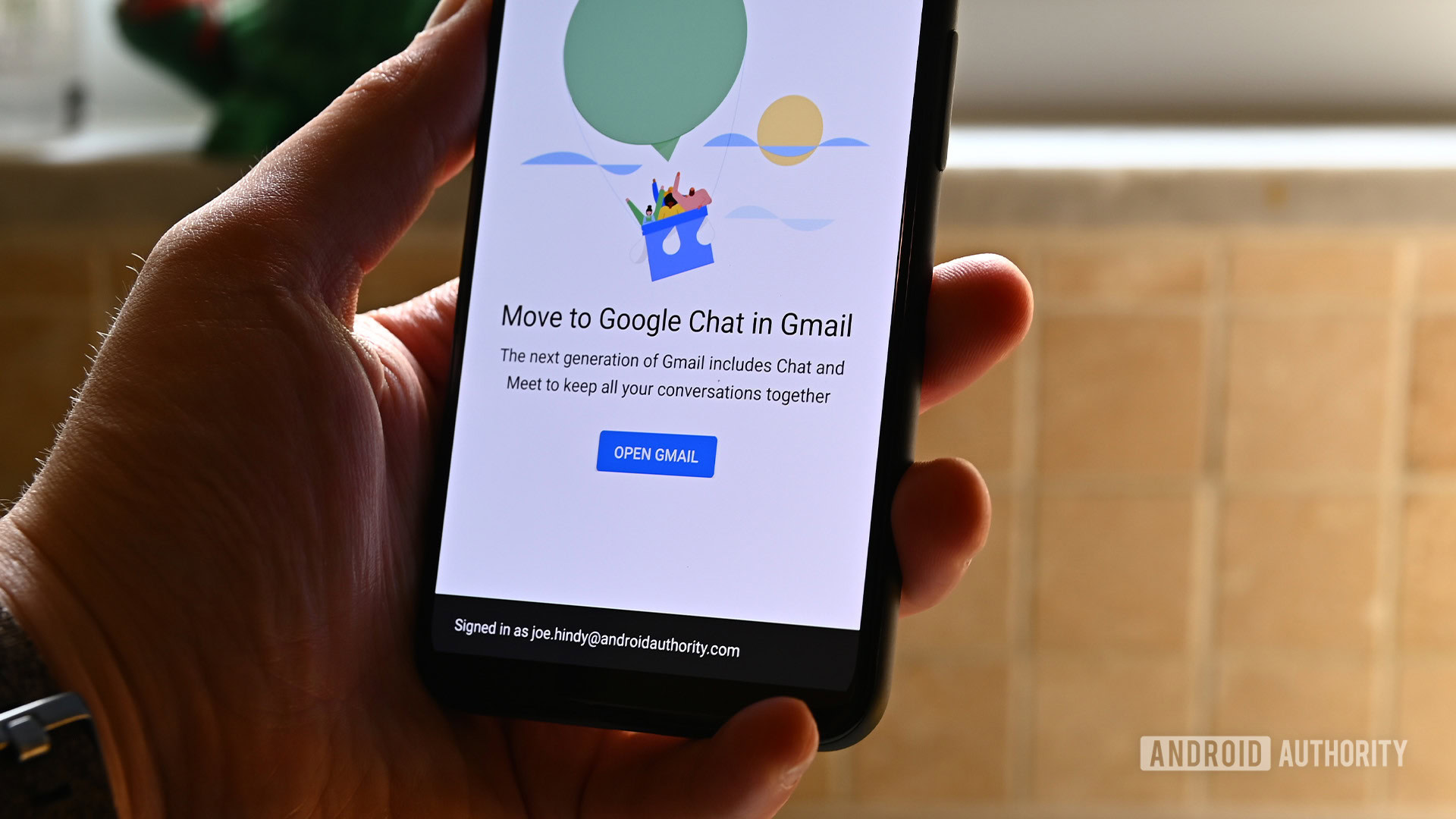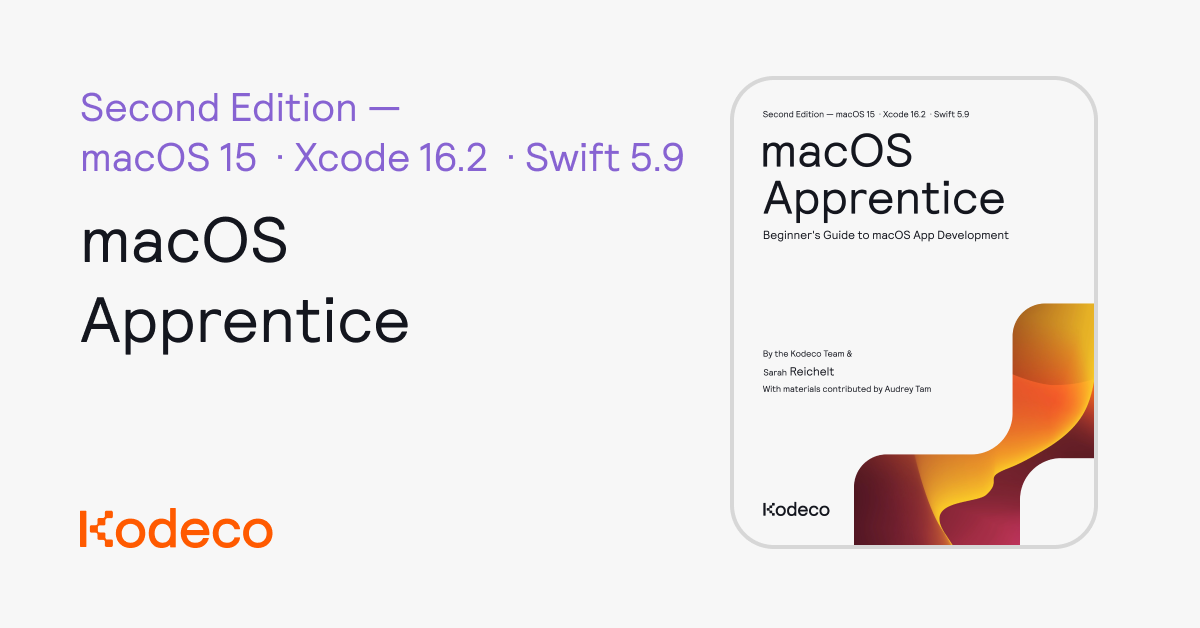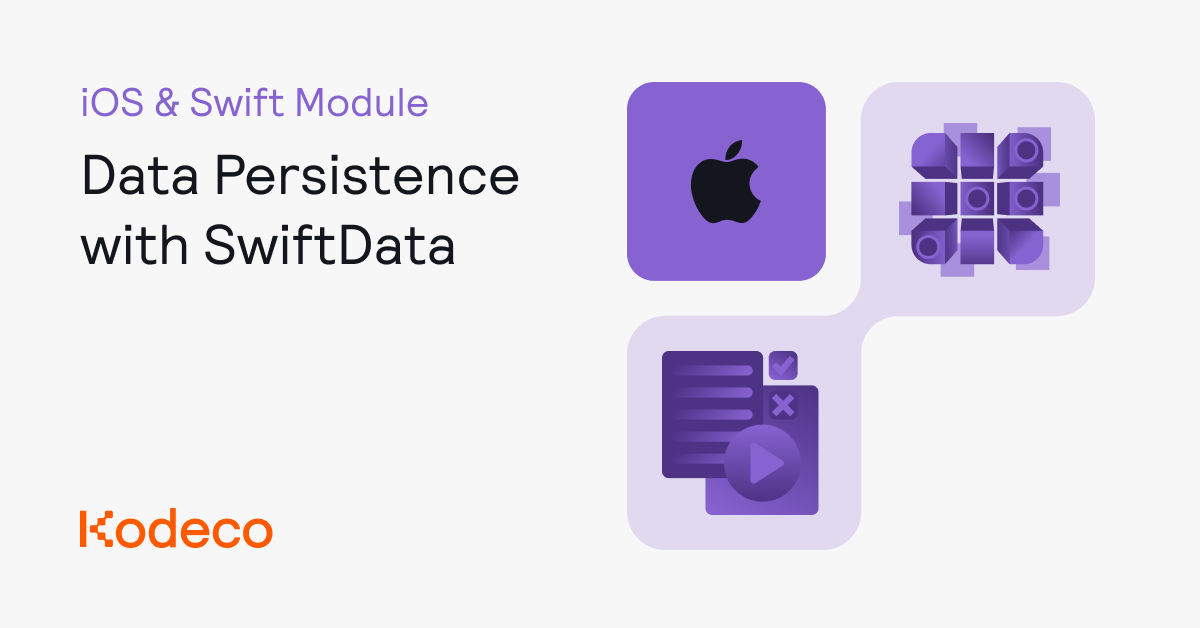Sarah Ross spent years working in corporate accounting, following a path that felt predictable — but ultimately unfulfilling. The long hours, rigid structure and lack of autonomy began to wear on her. Though she appreciated the stability and had a knack for numbers, Ross started to question what it was all for and who was really benefiting from her effort.
“I felt, if I’m working 14-hour days, it should be for me instead of somebody else,” she says. That realization marked the beginning of a major career pivot.
But Ross knew herself well: “I was too risk-averse to start something from the ground up,” she says. “I felt comfortable running the back-office side of a business. So I decided to go the franchise route because I knew I needed coaching on sales and marketing.”
Becoming the contractor who “gets the job done”
After researching her options, Ross landed on Fresh Coat Painters, a residential and commercial painting franchise. She says three factors drove her decision: affordability, a promising territory and confidence in the product. Ross also had firsthand experience with unreliable contractors and saw an opportunity not just to run a business, but to fix a problem she — and many others — understood all too well.
“Having been a female homeowner myself and dealing with some unreliable, undependable contractors, I felt like I could be that dependable contractor,” she says. “The one that shows up [and] gets the job done.”
Ross was also drawn to the growth potential in the U.S. home services industry, which was valued at $212 billion in 2023 and is projected to reach $893 billion by 2031.
Related: How a Police Officer Started a Pet Care Business Making $3 Million a Year
Hire the best and treat them fairly
Ross launched Fresh Coat West Austin in Texas in 2015 and brought in revenue of about $300,000 in the first year. Ten years later, she’s grown the business to $2.8 million — and she’s aiming to hit $3 million this year. One of her key strategies for growth is building deep local relationships.
“We’re heavily tied to the real estate market,” she says. “So the relationships we built with realtors helped us. Post-Covid-19, we had a bump in business, then it slowed when the market cooled. Now, we’re starting to see things trend back up.”
Ross also credits the demographic growth of her territory as a major advantage — the Austin metro area is one of the fastest-growing regions in the U.S., according to the U.S. Census Bureau. But the real driver, she says, has been consistency — showing up for customers and earning trust over time.
Another crucial factor is her commitment to her team. The painting industry has high turnover because, unlike many other trade professionals, painters usually aren’t required to be licensed. That lack of regulation can lead to inconsistent skill sets and poor treatment by some contractors, so Ross has developed a keen eye for identifying great painters and keeping them. “Treat them fairly, pay them on time and show them respect,” she says. “That’s somewhat of a game changer for them.”
Connecting with clients
As a woman business owner in a traditionally male-dominated industry, Ross has found her identity to be a strength. “We mainly do residential repainting,” she says. “When we’re quoting, it’s often to female homeowners and they’re almost pleasantly surprised when [a woman shows up]. It helped me stand out.”
Fresh Coat has intentionally sought diversity among its franchisees and team and its top leadership sees this as a strength. “My predecessor was also female,” Fresh Coat CEO Laura Hudson says. “About 30% of our owners at Fresh Coat are either female owners or husband-wife owners, so we have a pretty strong female presence, which is important because it’s about 70% women customers that you’re talking to.”
Ross’s leadership style has also evolved as the business has grown. Early on, she says she approached problems with a more analytical mindset, typical of her accounting background. Today, she’s more focused on being solutions-driven and people-first. “If something’s wrong, I’m not going to sit on my hands,” she says. “I’m going to try to fix it. I tell my guys, ‘Just tell me what’s wrong and I’ll figure out how to help.’”
Related: How Shaq Is Bringing Fun Back to Papa Johns
Going for $3 million in revenue
Looking ahead, Ross isn’t planning to expand into new territories. Instead, her focus is on deepening relationships and maximizing growth within her existing footprint. “I have an amazing territory,” she says. “So the goal is to continue to develop those relationships and add additional ones where we can.”
Ross has her sights set on hitting the $3 million mark this year and she’s added a bit of friendly competition to the goal. One fellow franchisee in the system has closely matched her revenue over the past few years and that rivalry has become a motivating factor. “I jokingly say my plan for this year is to beat him to $3 million.”
Related: Greg Flynn Owns 1,245 Restaurants and Makes $2 Billion A Year. Here’s How He Did It.







![Building Engaging User Interfaces with SwiftUI [SUBSCRIBER]](https://bonox.ir/wp-content/uploads/2025/04/1745184810_original.png)



